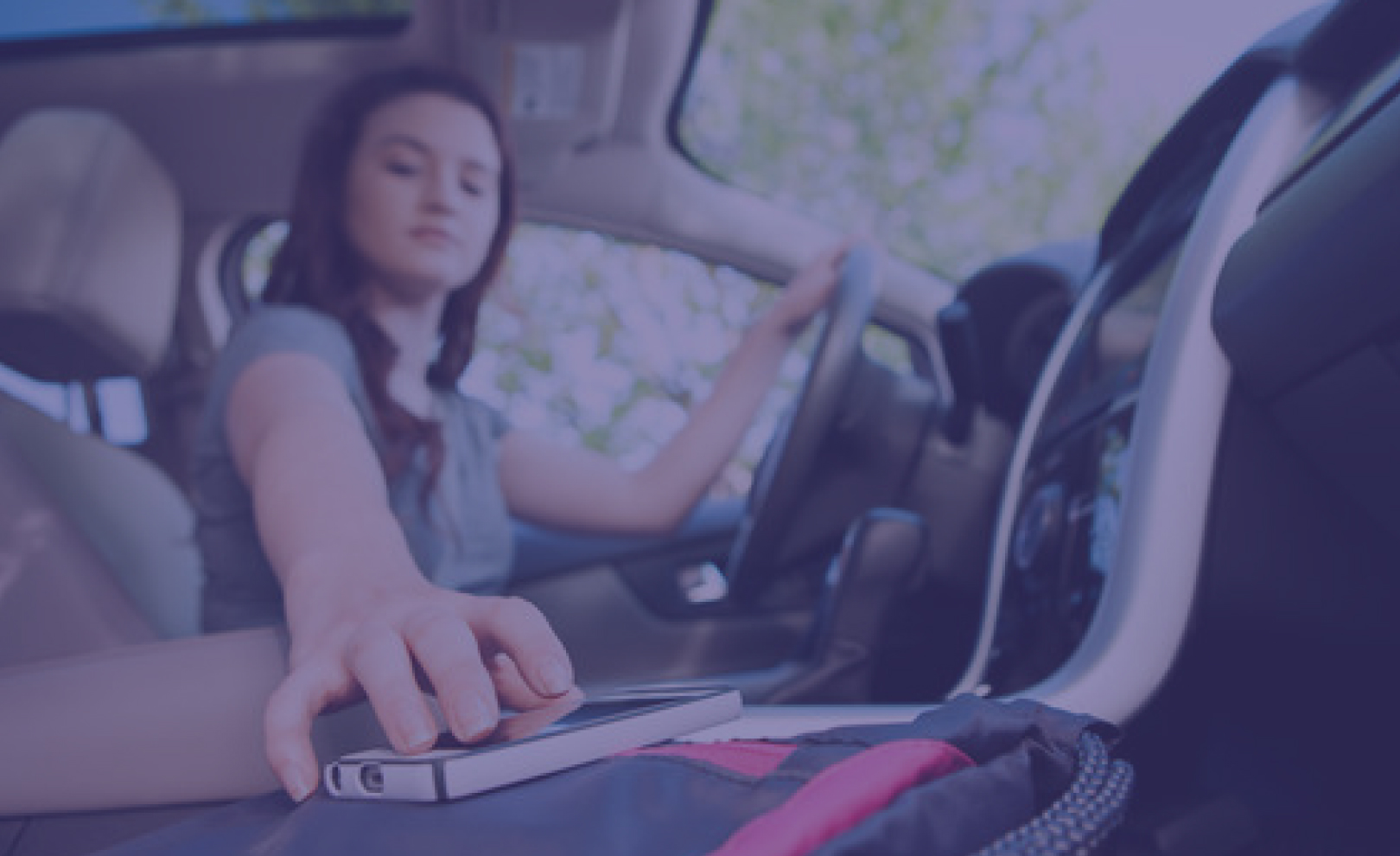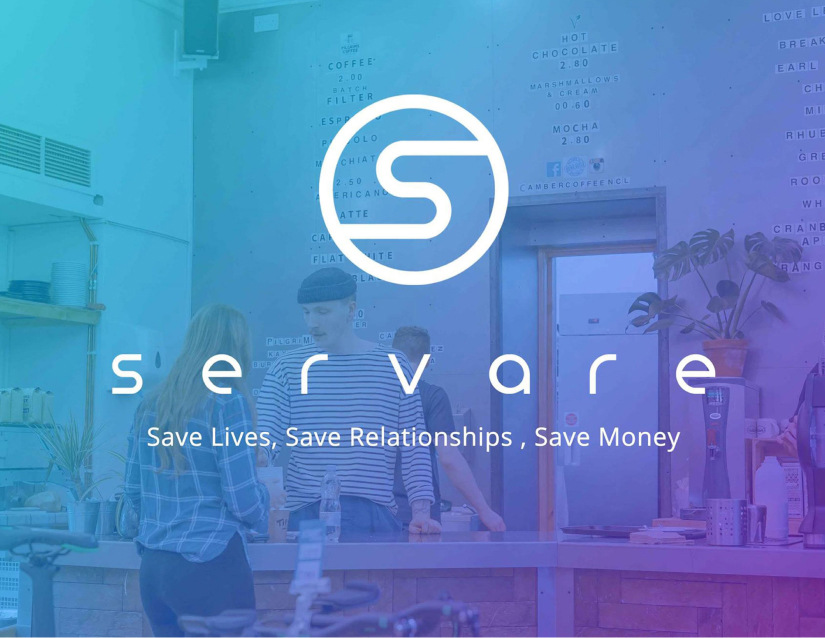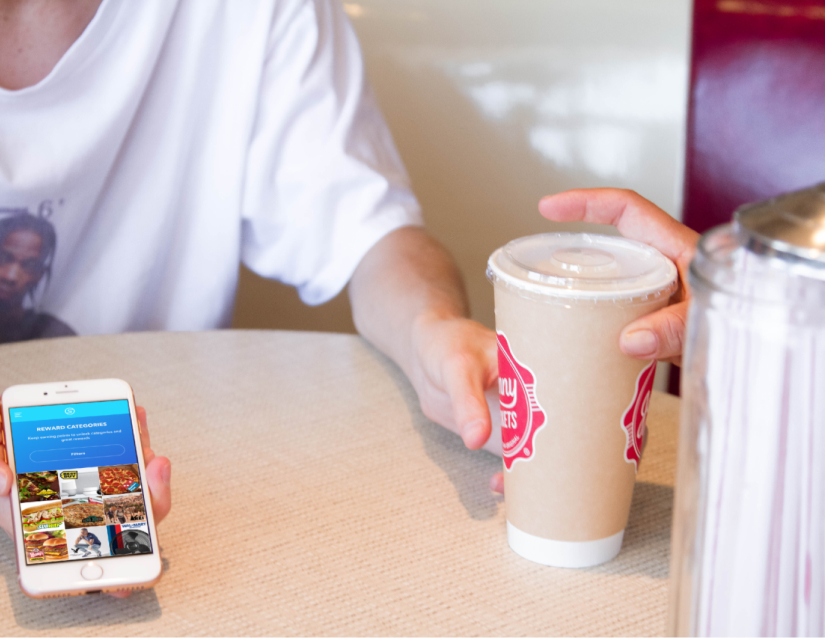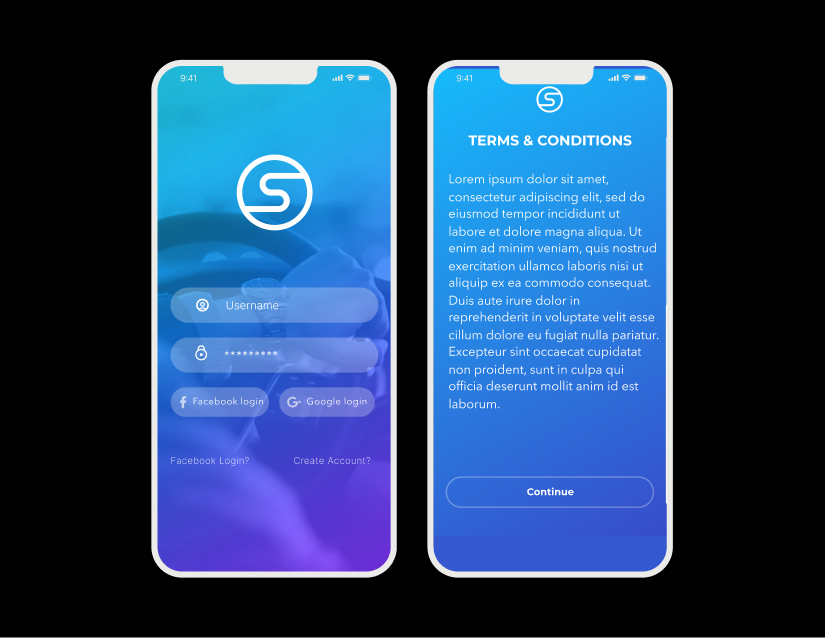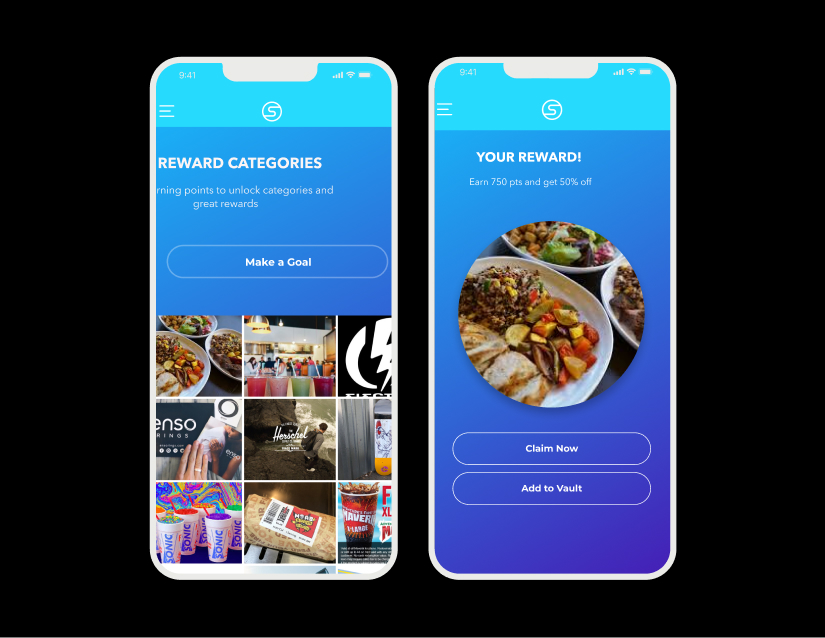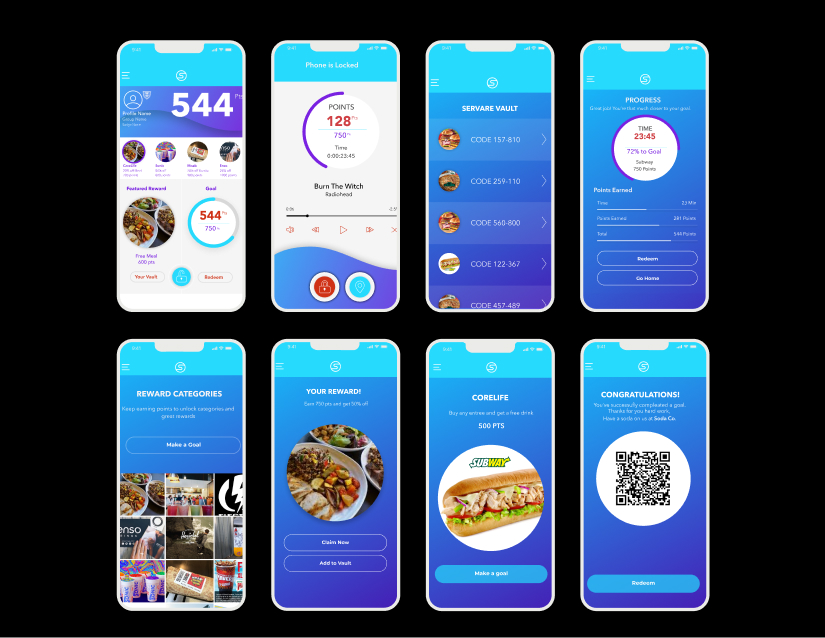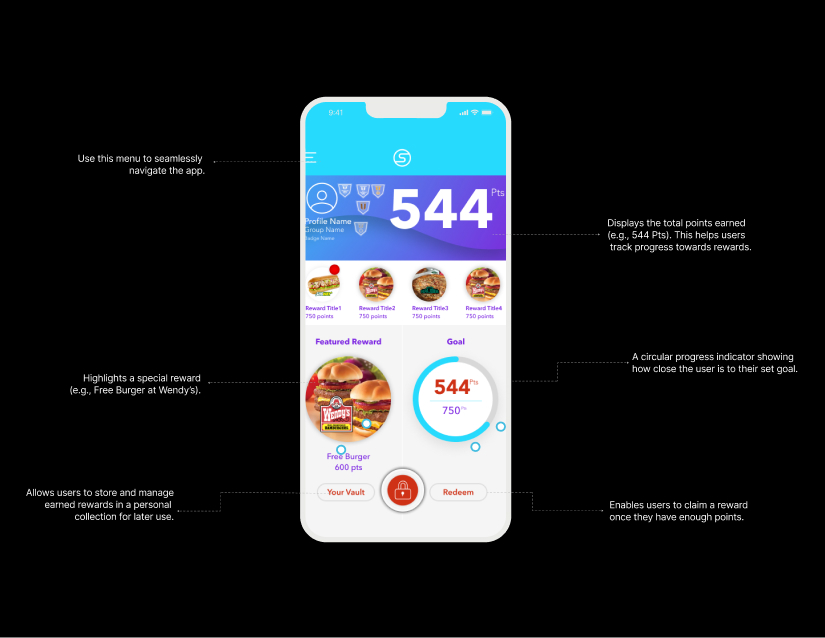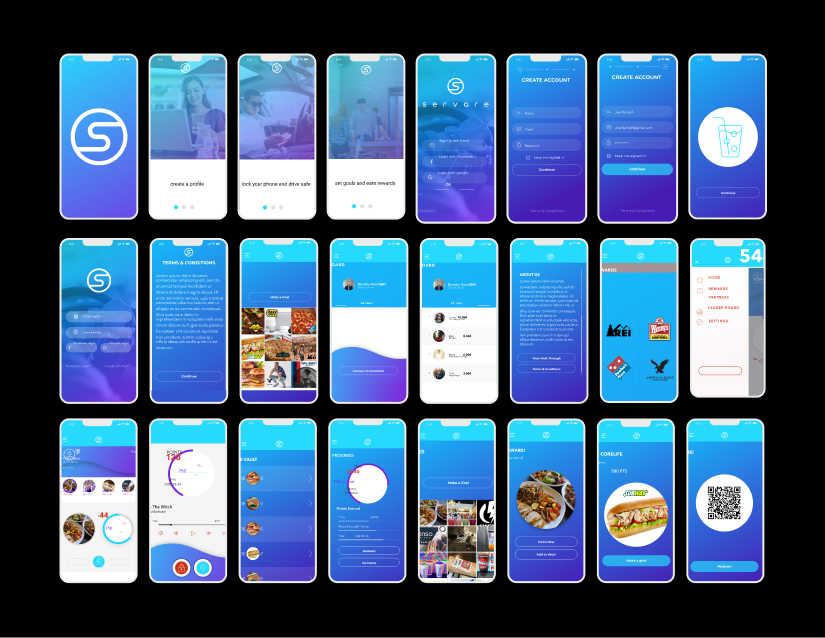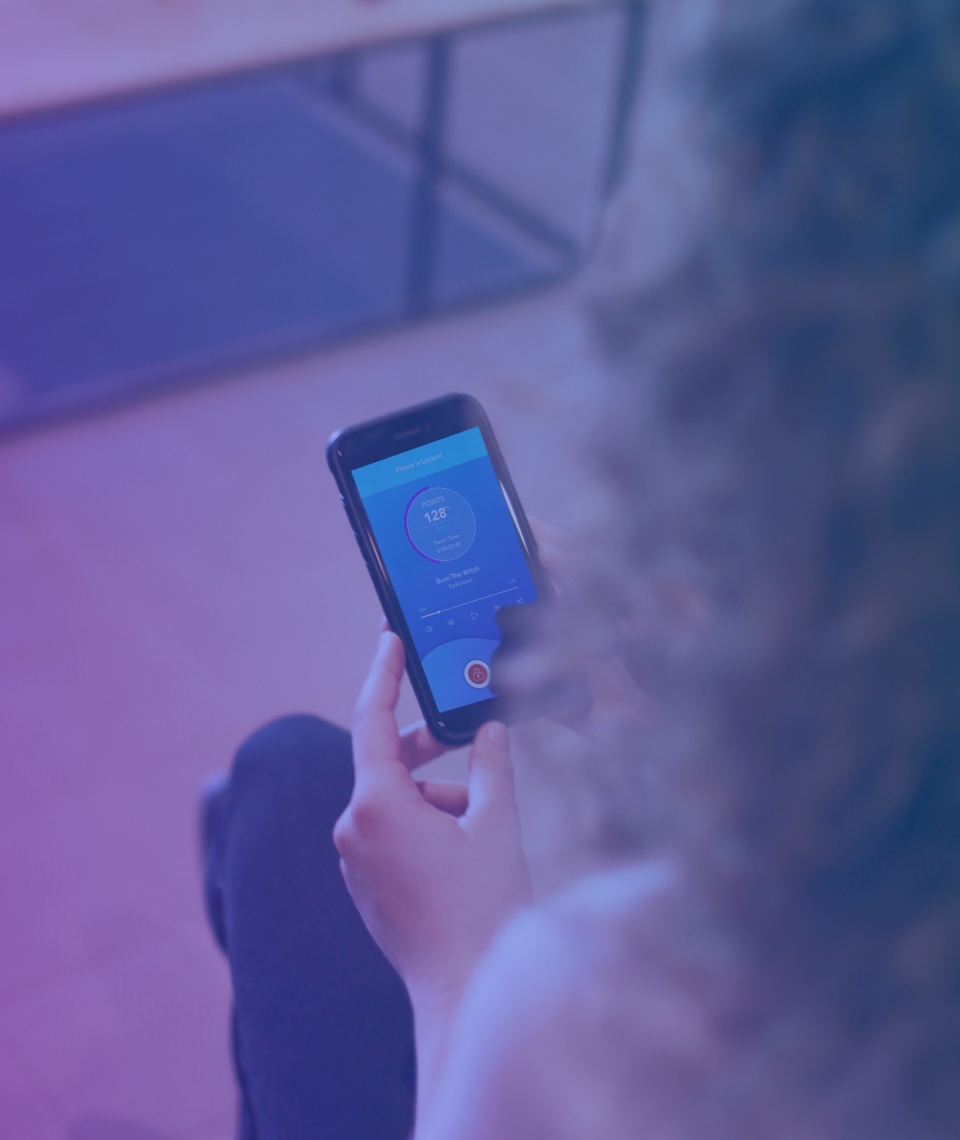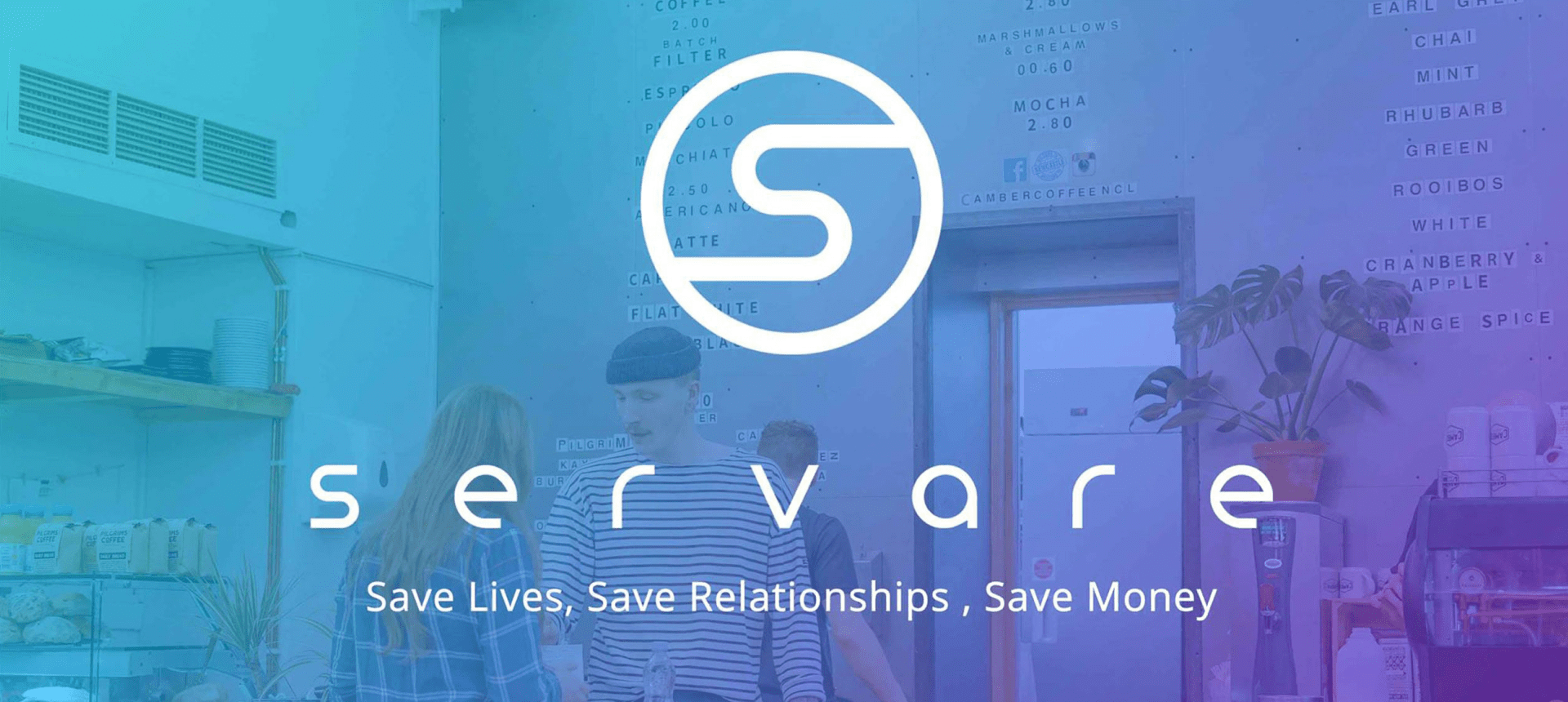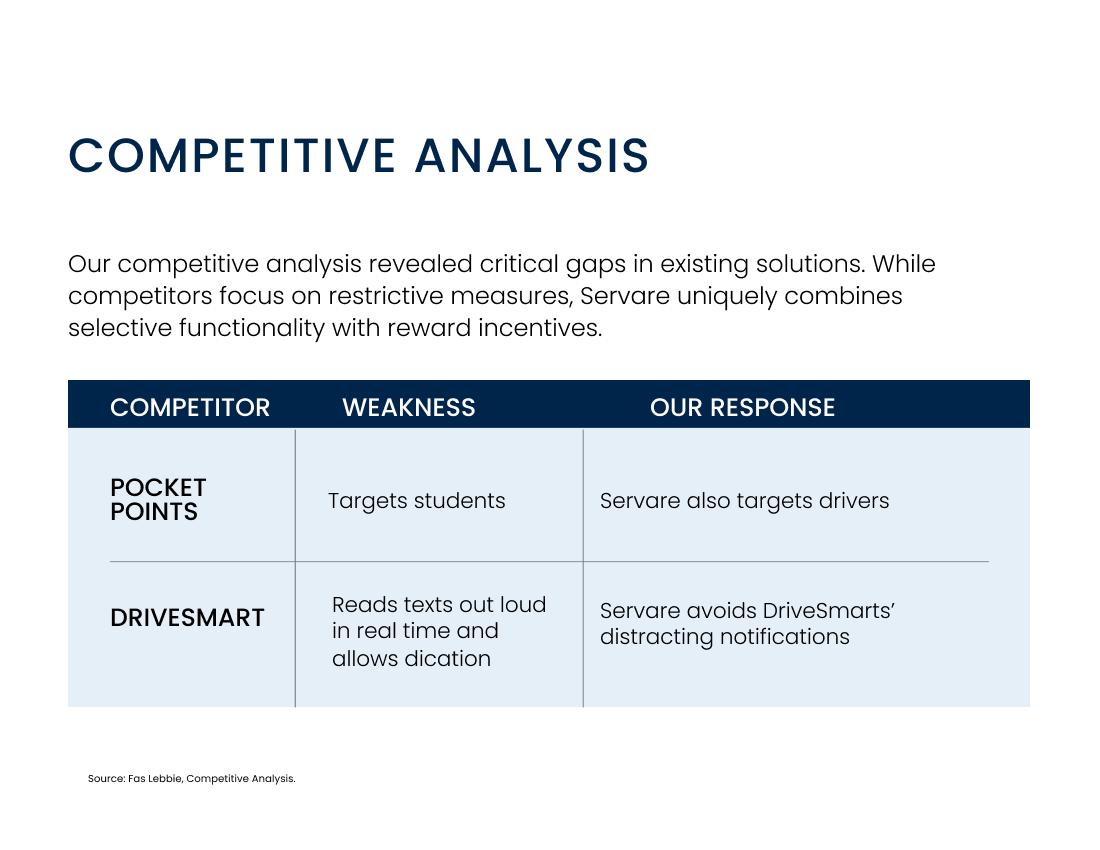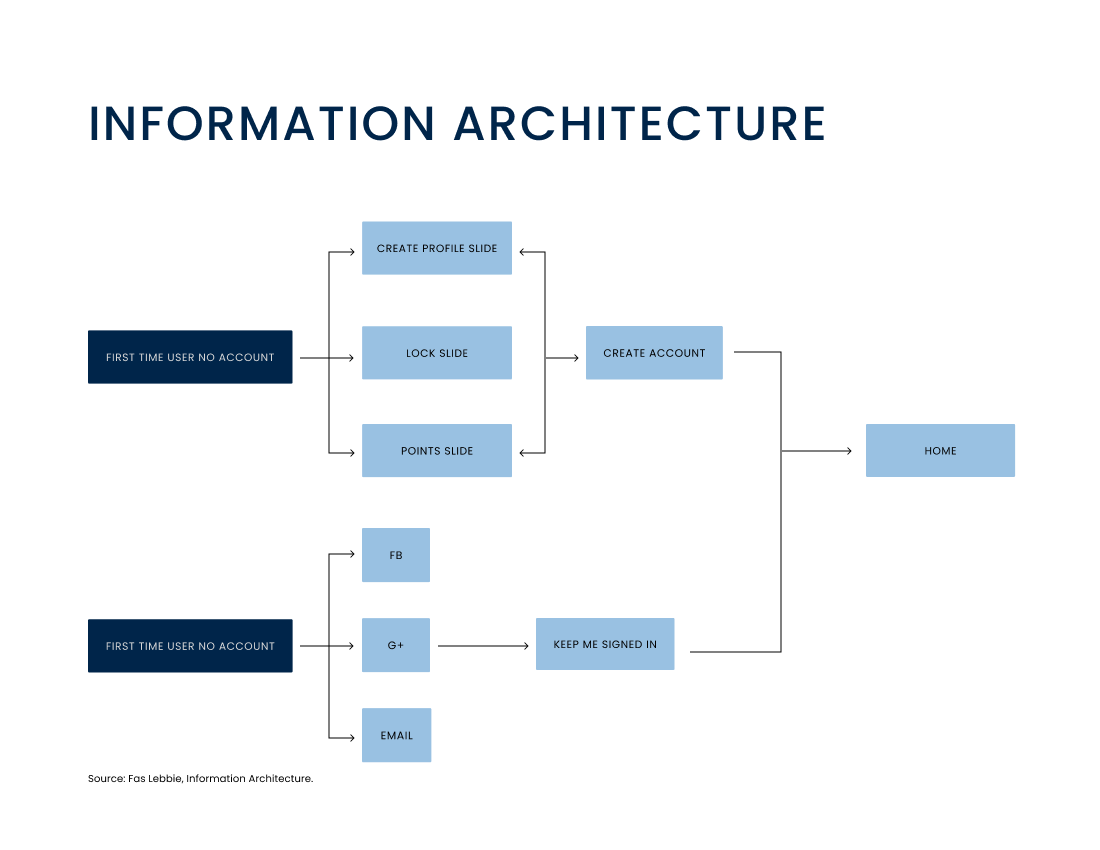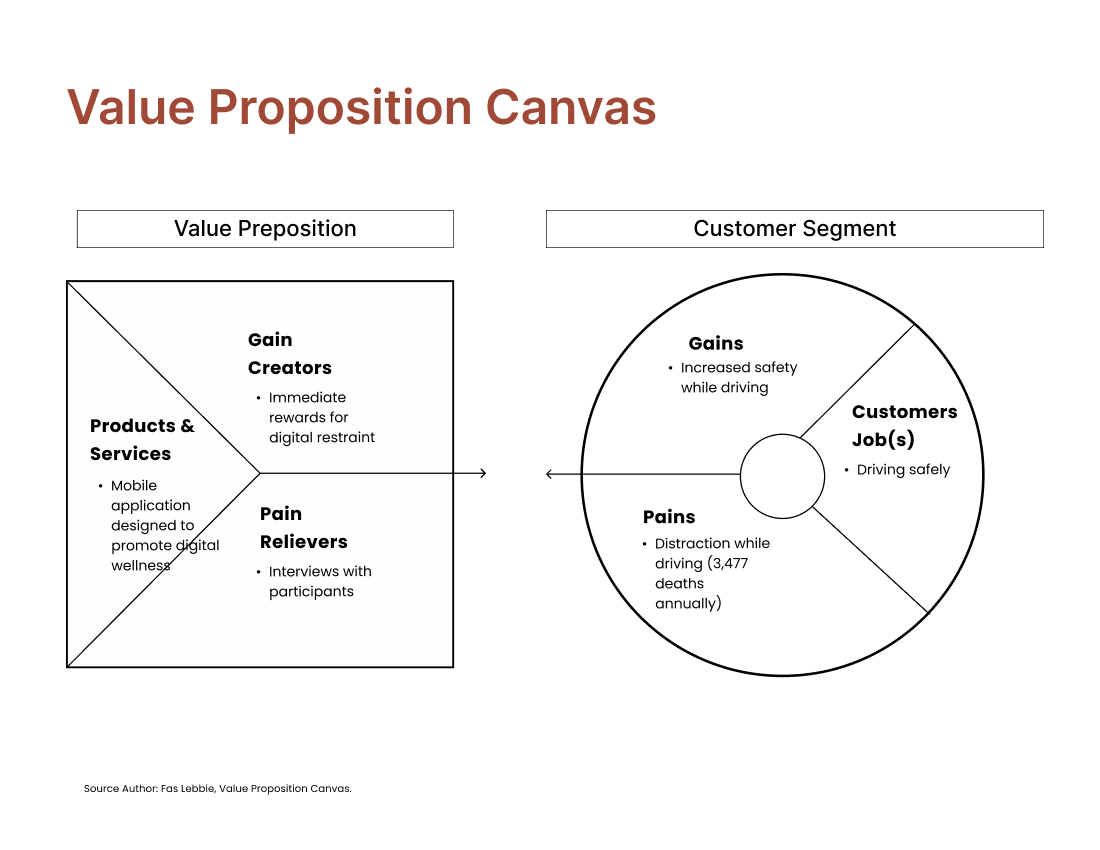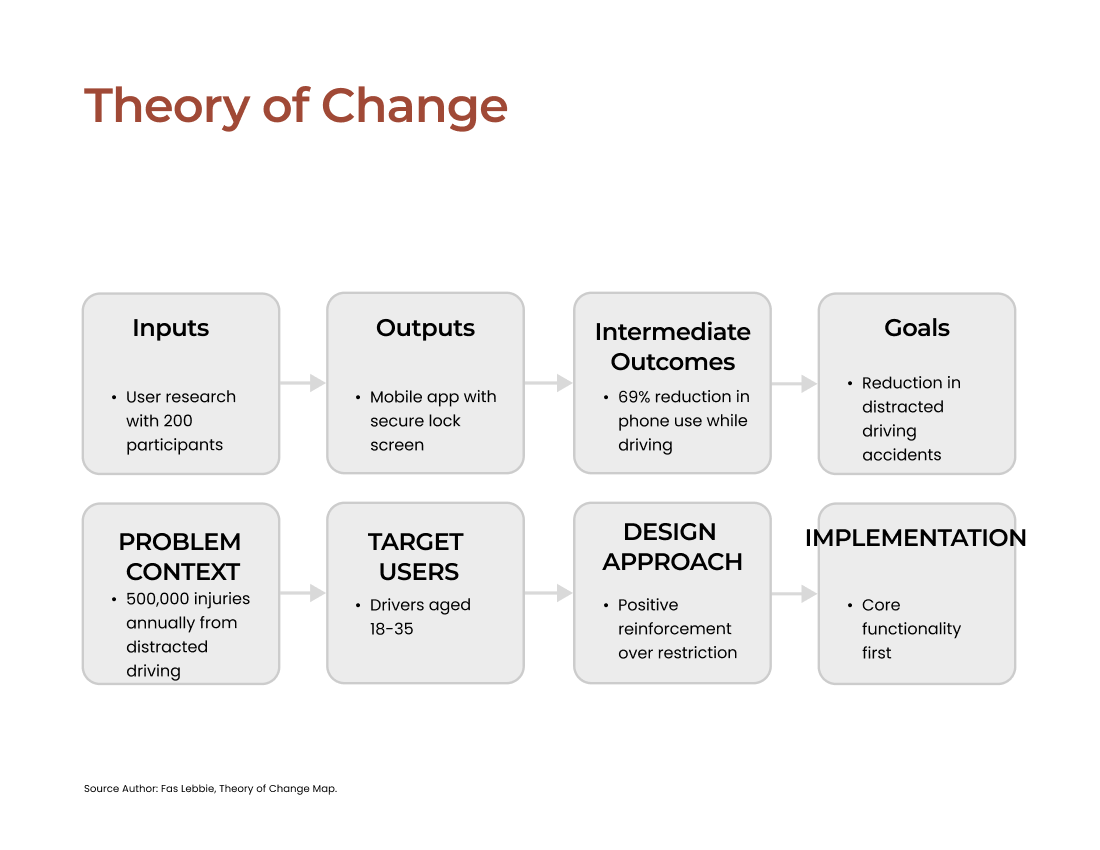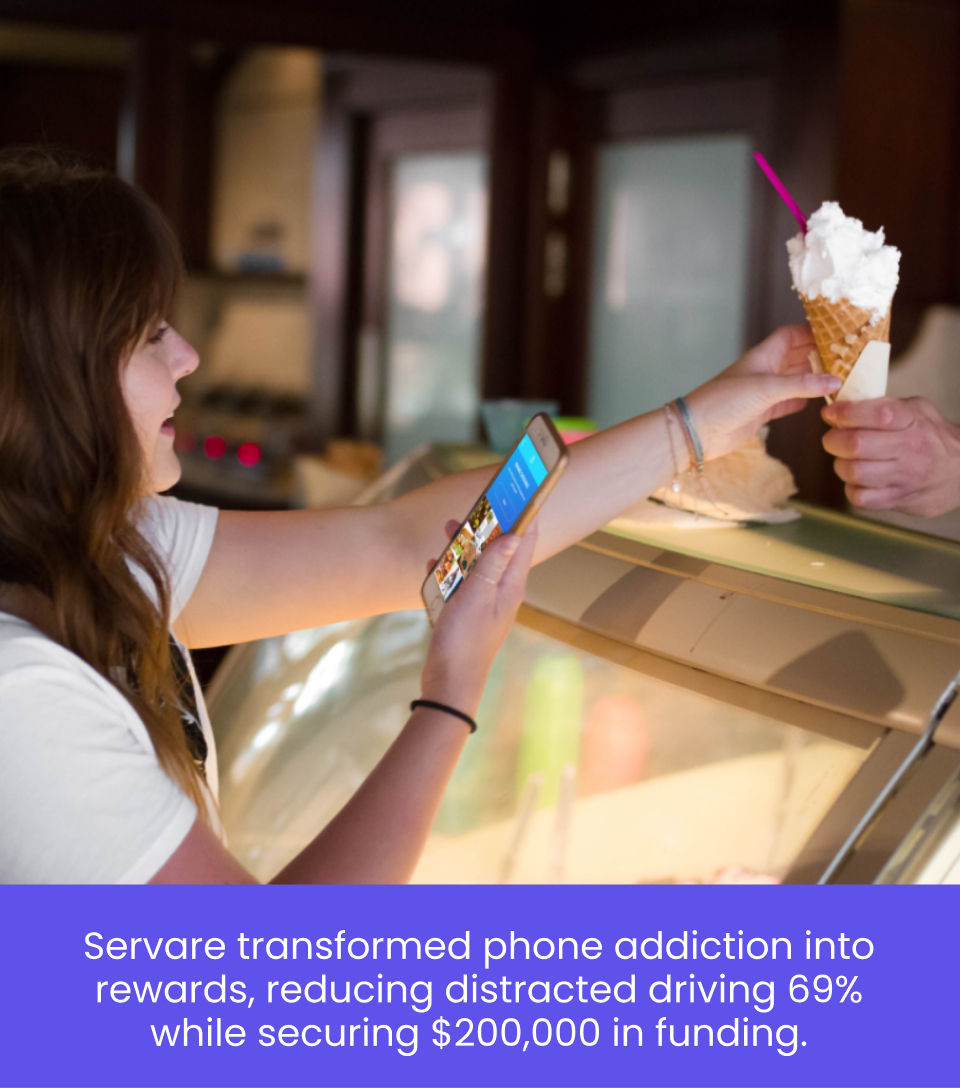Problem Context
The current smartphone usage patterns in America present significant challenges, with approximately 500,000 injuries and 3,477 deaths caused annually by distracted driving, creating an economic impact of $175 billion. Research indicates that Americans check their phones every 6 minutes on average—approximately 150 times per day—accumulating roughly 3 hours of daily screen time. This behavior is particularly concerning while driving or during important social interactions. Traditional approaches to curbing digital distraction rely primarily on fear-based messaging or simple blocking mechanisms, which have proven ineffective at creating sustained behavioral change. Meanwhile, no reward structure exists for those who practice safe driving habits or digital restraint during social moments. This highlights a gap in how digital wellness is approached, especially for the demographic of drivers aged 18-35 who show the highest rates of phone usage while driving.
